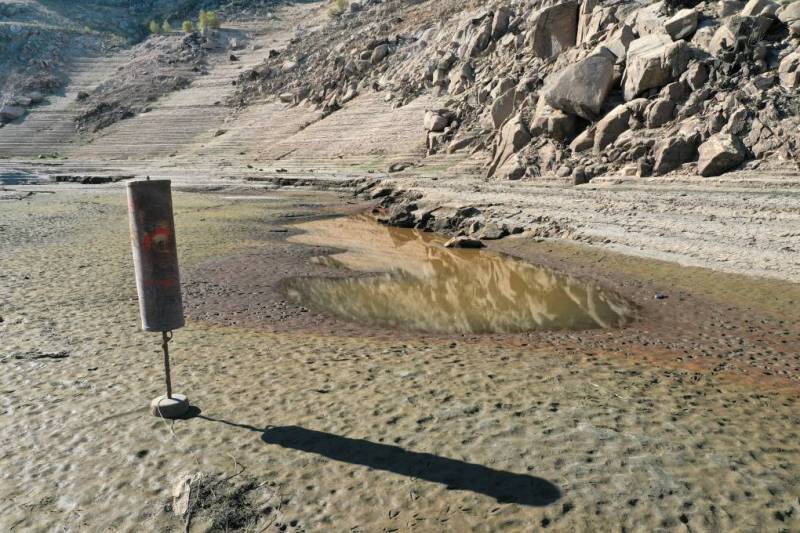State Sen. Melissa Hurtado, a Democrat from Hanford, is skeptical that it would work.
“We’re still not even over the [COVID-19] vaccine mandate and the testing mandate, and now you’re going to ask people to cut down on water consumption? That you should take less showers and you can’t get a new pool or whatever it may be?” she said. “Yeah, no, that’s going to make people really angry.”
Hurtado called for structural and technological changes — like developing more drought-resistant crops and fixing canals damaged by subsidence — over behavioral ones. Those, however, take time.
Water providers caution against reading too much into the low January conservation numbers: It’s harder for Californians to make a dent in their water use during the winter, when many already cut back on watering their yards.
In December, which had record-setting storms, Californians used 15.6% less water compared to the previous year, with the greatest savings in southern parts of the state. It was the first time Californians statewide crossed the 15% water conservation target that Newsom urged residents to meet last summer.
Since July, the greatest savings came from the hard-hit North Coast and the San Francisco Bay Area, and the least from the inland mountains and deserts of central and southeast California.
Water systems on the North Coast “were the canary in the coal mine,” said Marielle Rhodeiro, research data specialist with the water board’s conservation program. “They were the first to start running out of water. I think there’s a little bit more awareness up north, probably because we’re closer to the immediate problem.”
Some water suppliers crack down, others coax
For some local water agencies, voluntary calls for conservation have been relatively successful, although reductions have fallen short of the state’s 15% target.
The East Bay Municipal Utility District, for instance, upped its rates to fund improvements and asked residents to voluntarily cut water use by 10%.
The district ramped up rebates for replacing turf in yards and street medians, and launched an advertising campaign on streaming audio platforms and social media recommending five-minute songs for people to listen to while they showered.
It worked, to a certain extent: From July through December, water use decreased by more than 10%, compared to the same period last year, the district reported to the state. But now the savings are slipping; water use increased in February, according to district water conservation manager Alice Towey.
“Clearly, it’s becoming difficult [to conserve] this time of year, when nature is normally watering our East Bay gardens,” she said. This February was California’s second-driest on record.
Farther south, in San José, insufficient voluntary conservation prompted the local water company to institute surcharges for those who exceeded mandatory limits. In November, the California Public Utilities Commission approved the district’s mandate, which took effect in December.
San José residents saved 20% more water in November compared to 2019 levels. But those savings evaporated in December and January.
The area also lost about half of its above-ground water storage capacity due to earthquake retrofits for the region’s largest reservoir.
Liann Walborsky, San José Water’s director of corporate communications, said her company supported a statewide mandate. “I think it would just help validate all the work we’ve been doing since June,” she said.
Mandates may not be enough
For some water systems, even mandatory calls for conservation haven’t been enough to weather water shortages.
By May 2021, in the small North Coast hamlet of Mendocino, residents and businesses were required to use 40% less water than their allocations. Wells still went dry, water trucked from other districts climbed in cost when it was available, and restaurants in a town reliant on tourism were forced to weigh whether staying open was worth the expense of washing the dishes.
Ryan Rhoades, supervisor for the Mendocino City Community Services District, said he filled buckets of creek water to keep relatives’ toilets flushing. He said most residents managed to stay below the mandatory target, but estimates that about 5% didn’t.
The county and state stepped in to help, subsidizing trucks to haul water 60 miles from Ukiah to a reservoir in nearby Fort Bragg to bolster the coastal towns’ supplies. The conservation mandate was lifted after early winter rains, and was replaced by a call to voluntarily reduce use by 15% of each well owner’s allotment. The city, however, is bracing for another dry summer — and hoping to prevent more shortages ahead.

